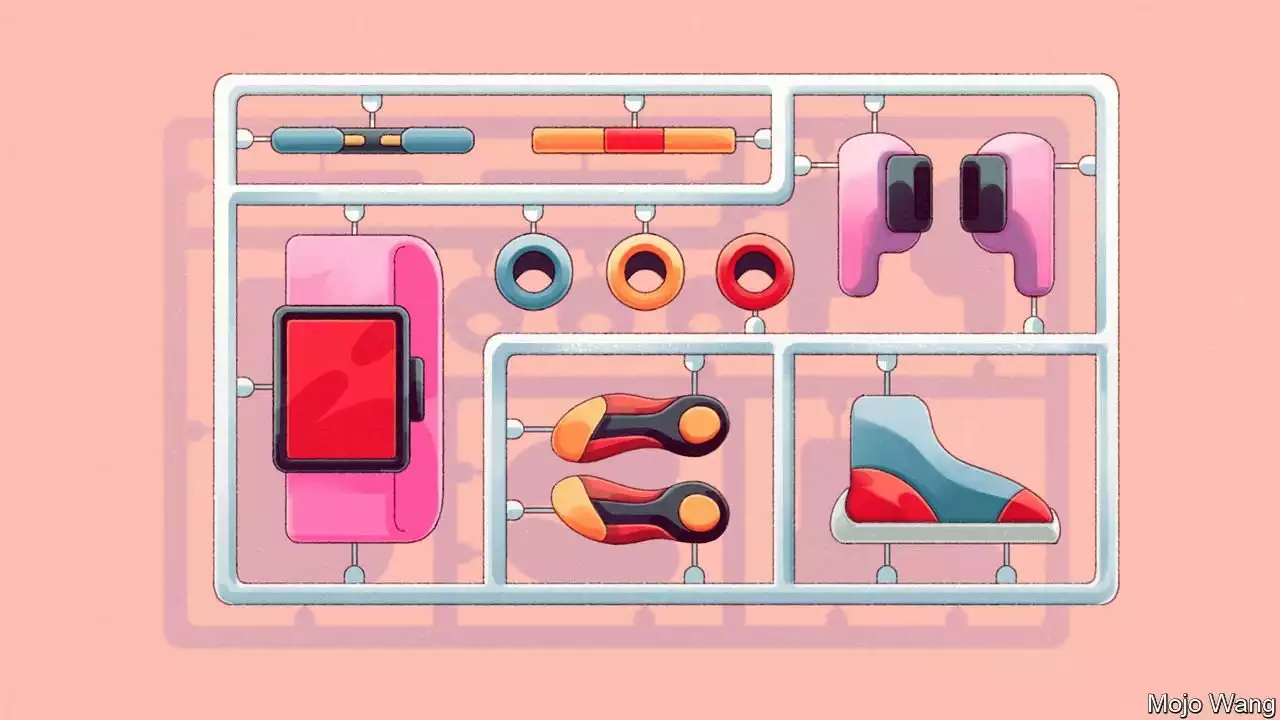People are seeing into themselves in ways not possible before and are finding new ways to act on what they learn. The effect on health and lifestyle is likely to be profound
has just spent another weekend being examined. “On Saturday the sonographer was measuring…my ankles and knees and hips and shoulders and elbows, assessing what is the age of my tendons and ligaments,” he says. It is part of a mission to have all 70-plus organs of his body measured in exhaustive detail so he can see whether, and to what extent, his healthy lifestyle is rejuvenating them.
Systematic measurements of people’s physical attributes and records of their behaviour came into their own with the Enlightenment and the development of statistics. For the most part, they were used to understand and control populations, organising them into classes and seeking out the sick, the different and the “inferior” in order to segregate, encourage or punish them.
By 2015, when Apple launched its first Watch, Fitbit’s fitness trackers had already been on sale for six years, and there were more than 500 health-related wearables on the market. Sales of smartwatches and fitness trackers amounted to $8bn, according toInsight, a market-research firm. By 2021, $29bn was spent globally—more than half the amount spent on sporting goods.
The covid-19 pandemic accelerated the process. Wearables entered the lives of more people and took on new roles. With gyms closed, exercise shifted outdoors and many people bought them for the first time, to keep track of how much they walked, ran and pedalled. A parallel trend was that lots of consumers began to see these devices as tracking specific areas of their health, not merely their activity level.
Such results have convinced some American health insurers to give away fitness trackers and smartwatches to their customers. UnitedHealthcare, one of the biggest, says that 59% of takers log exercise for at least six months. For comparison, gym-membership retention rates drop off a cliff after two or three months.
Australia Latest News, Australia Headlines
Similar News:You can also read news stories similar to this one that we have collected from other news sources.
 Wearable devices are connecting health care to daily lifeCan you hack your way to better health? As “wearables” become mainstream they are increasingly connecting health care to daily life
Wearable devices are connecting health care to daily lifeCan you hack your way to better health? As “wearables” become mainstream they are increasingly connecting health care to daily life
Read more »
 Wearable devices measure a growing array of health indicatorsSensors and algorithms combine to help wearable devices measure step counts, calories burned, oxygen levels and more
Wearable devices measure a growing array of health indicatorsSensors and algorithms combine to help wearable devices measure step counts, calories burned, oxygen levels and more
Read more »
 Some health apps are able not just to diagnose diseases, but also to treat themThis digital therapist, developed by Kaia Health, a German startup, is, by many measures, as good as a human therapist
Some health apps are able not just to diagnose diseases, but also to treat themThis digital therapist, developed by Kaia Health, a German startup, is, by many measures, as good as a human therapist
Read more »
 Sajid Javid ‘knew HRT shortage was coming but ignored the warnings’Manufacturer claims bid to alert Department of Health and Social Care to significant shortages of the drugs fell on deaf ears
Sajid Javid ‘knew HRT shortage was coming but ignored the warnings’Manufacturer claims bid to alert Department of Health and Social Care to significant shortages of the drugs fell on deaf ears
Read more »
 NHS medic struck off for inhaling laughing gas during operations🔴 An NHS medic has been struck off after inhaling laughing gas from anaesthetic equipment during operations. A surgical worker used anaesthetic equipment to self-administer nitrous oxide and oxygen on multiple occasions
NHS medic struck off for inhaling laughing gas during operations🔴 An NHS medic has been struck off after inhaling laughing gas from anaesthetic equipment during operations. A surgical worker used anaesthetic equipment to self-administer nitrous oxide and oxygen on multiple occasions
Read more »
 End-of-life care: Less than half of people who died at home during pandemic received good professional care, survey findsIn addition to that, some 31% of people who died at home received no professional care in the final two weeks of their life.
End-of-life care: Less than half of people who died at home during pandemic received good professional care, survey findsIn addition to that, some 31% of people who died at home received no professional care in the final two weeks of their life.
Read more »
